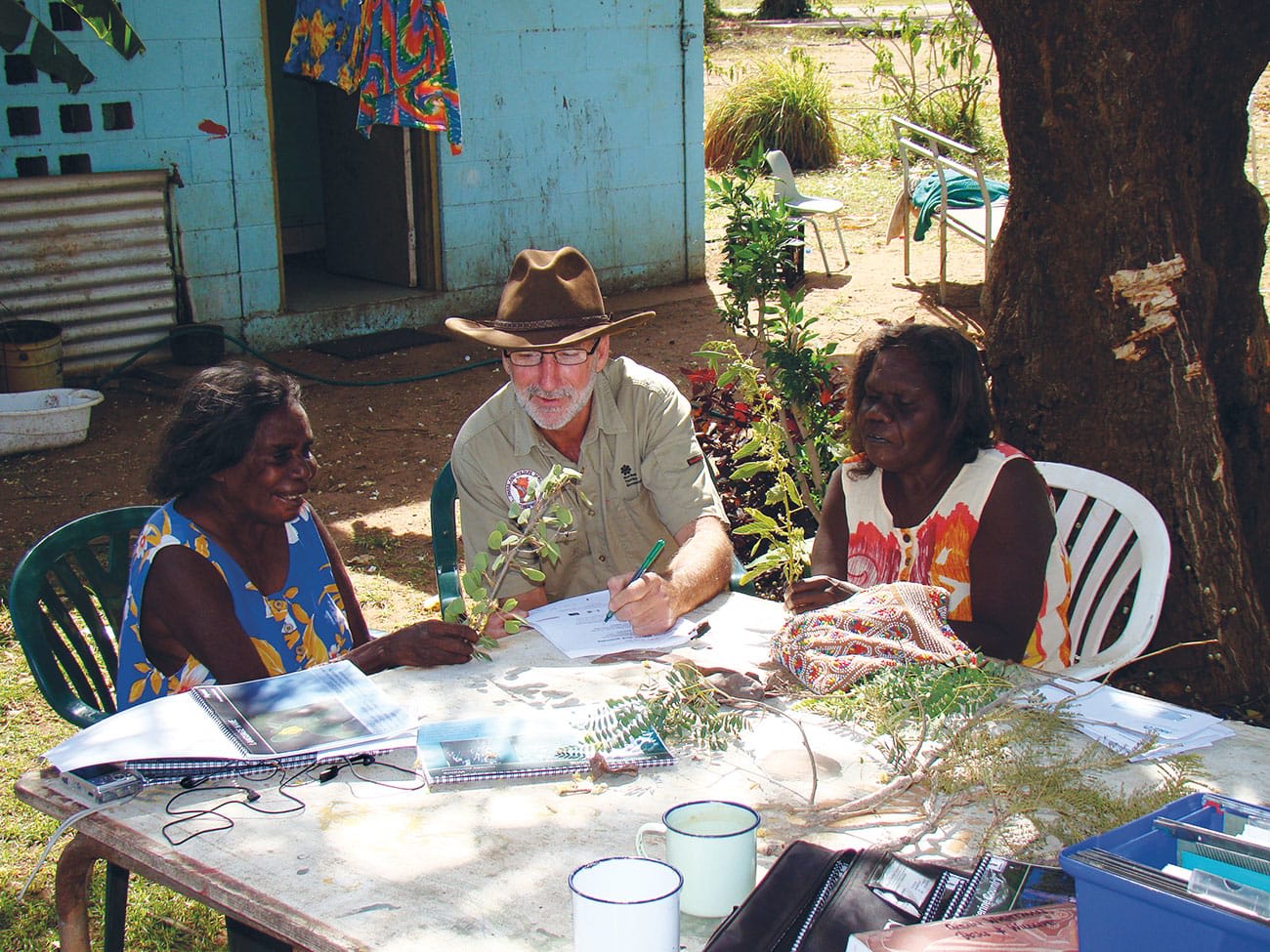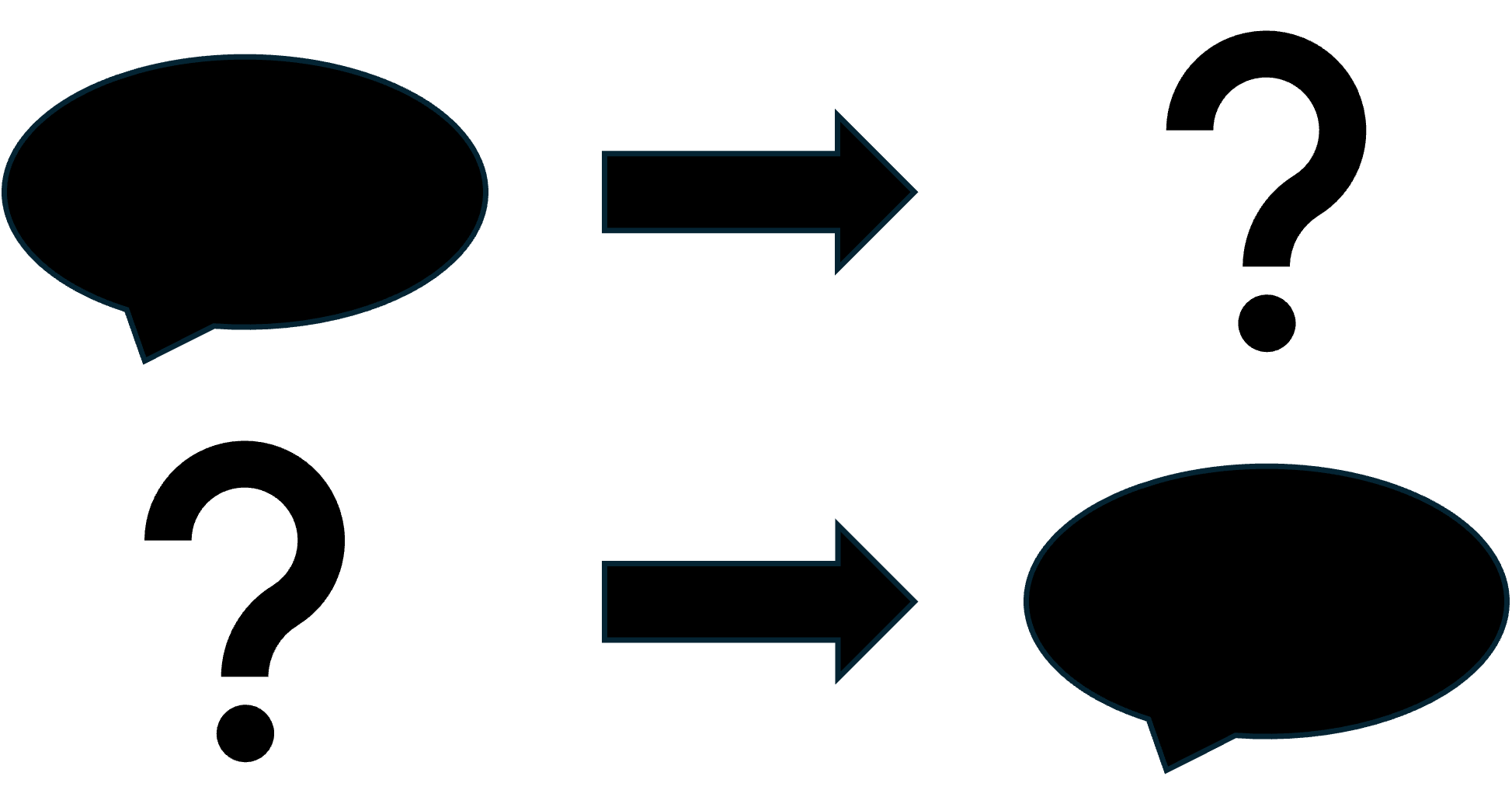The Onomasiological Trap
Imposing categories on linquistic data
Jesper Haraldsson
Karlstad University
2024-10-10
Presentation objectives
- define and differentiate between semasiological and onomasiological approaches
- explain the onomasiological trap and its potential impact on linguistic fieldwork
- advocate for methodological pluralism and critical awareness

Semasiological vs. Onomoasiological Approaches
- Semasiological (Lehmann, 2004; Peters, 2019)
- Form → Meaning
- Onomasiological (Lehmann, 2004)
- Meaning → Form

Unveiling the Trap
both unreliable and invalid […] more a hermeneutic than an empirical method (Lehmann, 2004, p. 24)

Linguistic elicitation
- Distinction (Majid, 2012)
- Valuable tool (Bowern, 2015; Chelliah, 2001)
- Is a co-construction of meaning (Lehmann, 2004)
- Requires caution and awareness of potential bias (Dale, 1978; Greenbaum & Quirk, 1970; Pickering & Ferreira, 2008; Sampson, 2001; Schütze, 2011)
Translation
- Interference (Chelliah, 2001; Margetts & Margetts, 2012)
- Obscuration (Evans, 2012)
- Colored judgements (Sampson, 2001)

Moving Beyond the Trap
- Corpus analysis (Glynn, 2015; Lehmann, 2004)
- Experimental techniques (e.g., Nielsen, 2015,)
Final Thoughts
References
Bowern, C. (2015). Linguistic Fieldwork. Palgrave Macmillan UK. https://doi.org/10.1057/9781137340801
Chelliah, S. L. (2001). The role of text collection and elicitation in linguistic fieldwork. In P. Newman & M. Ratliff (Eds.), Linguistic Fieldwork (1st ed., pp. 152–165). Cambridge University Press. https://doi.org/10.1017/CBO9780511810206
Dale, I. R. H. (1978). Beyond Intuition: The Use of Questionnaires in Linguistic Investigation. Anthropological Linguistics, 20(4), 158–166. Retrieved from http://www.jstor.org.bibproxy.kau.se/stable/30027472
Evans, N. (2012). Anything can happen : The verb lexicon and interdisciplinary fieldwork. In N. Thieberger (Ed.), The Oxford handbook of linguistic fieldwork (pp. 183–208). Oxford University Press.
Glynn, D. (2015). Semasiology and onomasiology. In J. Daems, E. Zenner, K. Heylen, D. Speelman, & H. Cuyckens (Eds.), Change of paradigms - new paradoxes: recontextualizing language and linguistics. de Gruyter Mouton.
Greenbaum, S., & Quirk, R. (1970). Elicitation Experiments in English: Linguistic Studies in Use and Attitude. University of Miami Press.
Lehmann, C. (2004). Data in linguistics. The Linguistic Review, 21(3-4). https://doi.org/10.1515/tlir.2004.21.3-4.175
Majid, A. (2012). A guide to stimulus-based elicitation for semantic categories. In N. Thieberger (Ed.), The Oxford handbook of linguistic fieldwork (pp. 54–71). Oxford University Press.
Margetts, A., & Margetts, A. (2012). Audio and video recording techniques for linguistic research. In N. Thieberger (Ed.), The Oxford handbook of linguistic fieldwork (pp. 13–53). Oxford University Press.
Matthewson, L. (2004). On the Methodology of Semantic Fieldwork. International Journal of American Linguistics, 70(4), 369–415. https://doi.org/10.1086/429207
Nielsen, L. P. (2015). Knowledge Dissemination Based on Terminological Ontologies: Using Eye Tracking to Further User Interface Design [Phd]. Copenhagen Business School. Retrieved from https://research.cbs.dk/en/publications/knowledge-dissemination-based-on-terminological-ontologies-using-
Peters, P. (2019). Lexicography. In K. Allan (Ed.), The Routledge Handbook of Linguistics (pp. 187–204). ROUTLEDGE.
Pickering, M. J., & Ferreira, V. S. (2008). Structural priming: A critical review. Psychological Bulletin, 134(3), 427–459. https://doi.org/10.1037/0033-2909.134.3.427
Sampson, G. (2001). Empirical linguistics. Continuum.
Schütze, C. T. (2011). Linguistic evidence and grammatical theory. WIREs Cognitive Science, 2(2), 206–221. https://doi.org/10.1002/wcs.102
Wightman, G. (2019). Nikipini Dalak (left), Glenn Wightman and Lily Bennett recording Dalabon knowledge [Photograph]. Retrieved from https://lens.monash.edu/@monash-life/2019/10/27/1377046/preserving-indigenous-languages
Haraldsson - The Onomasiological Trap